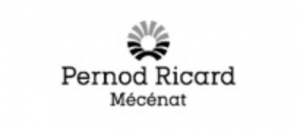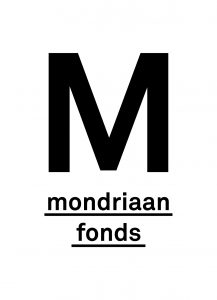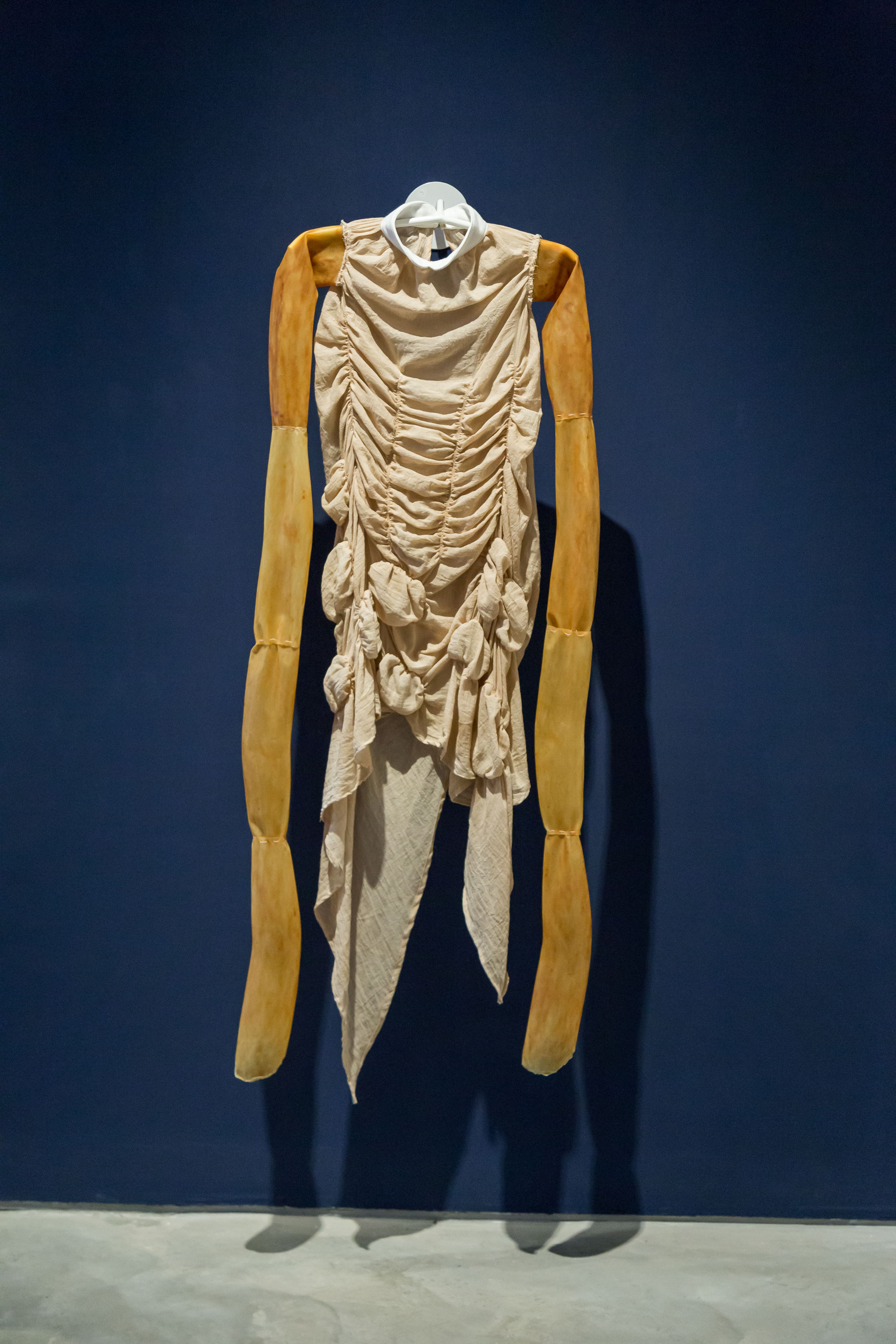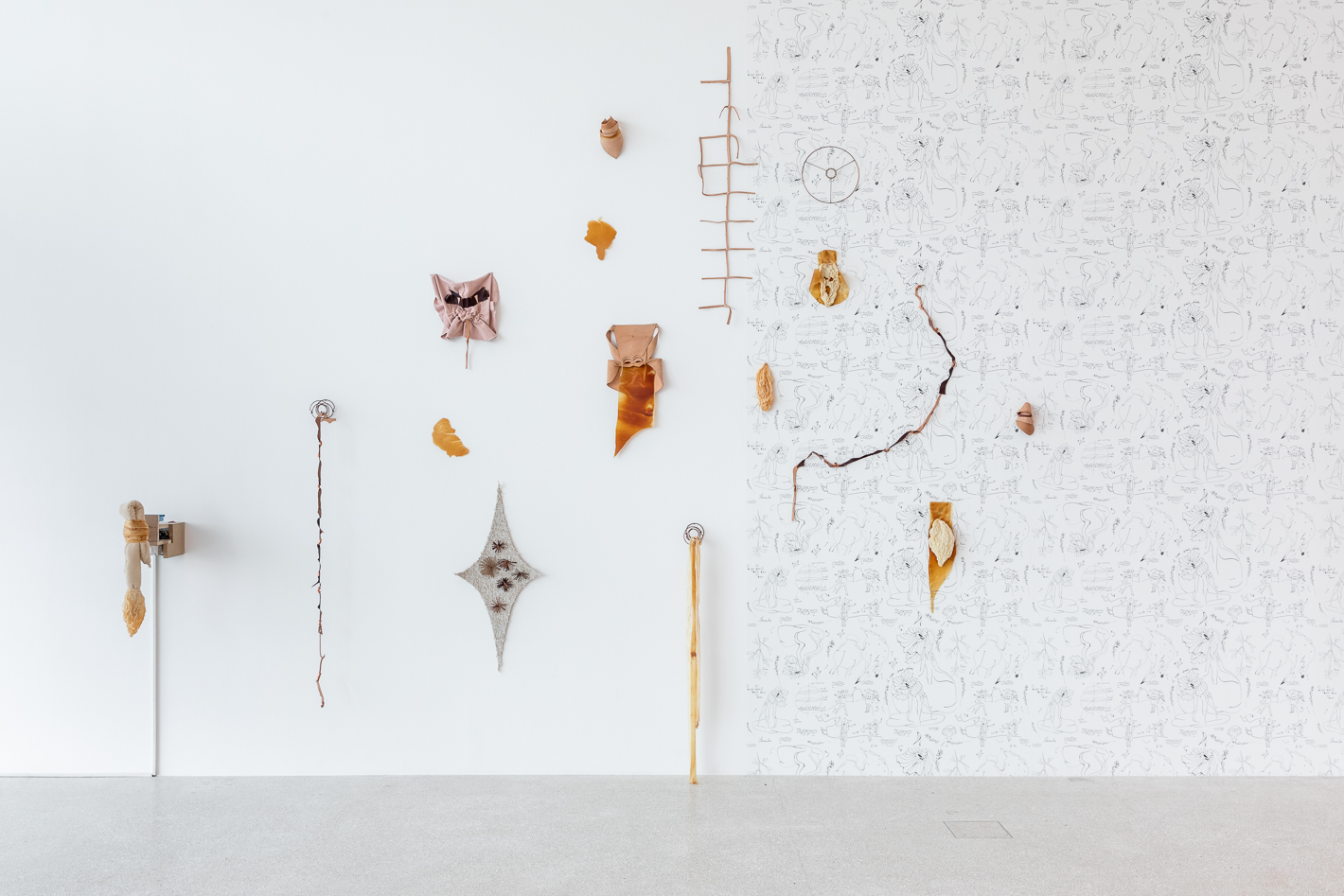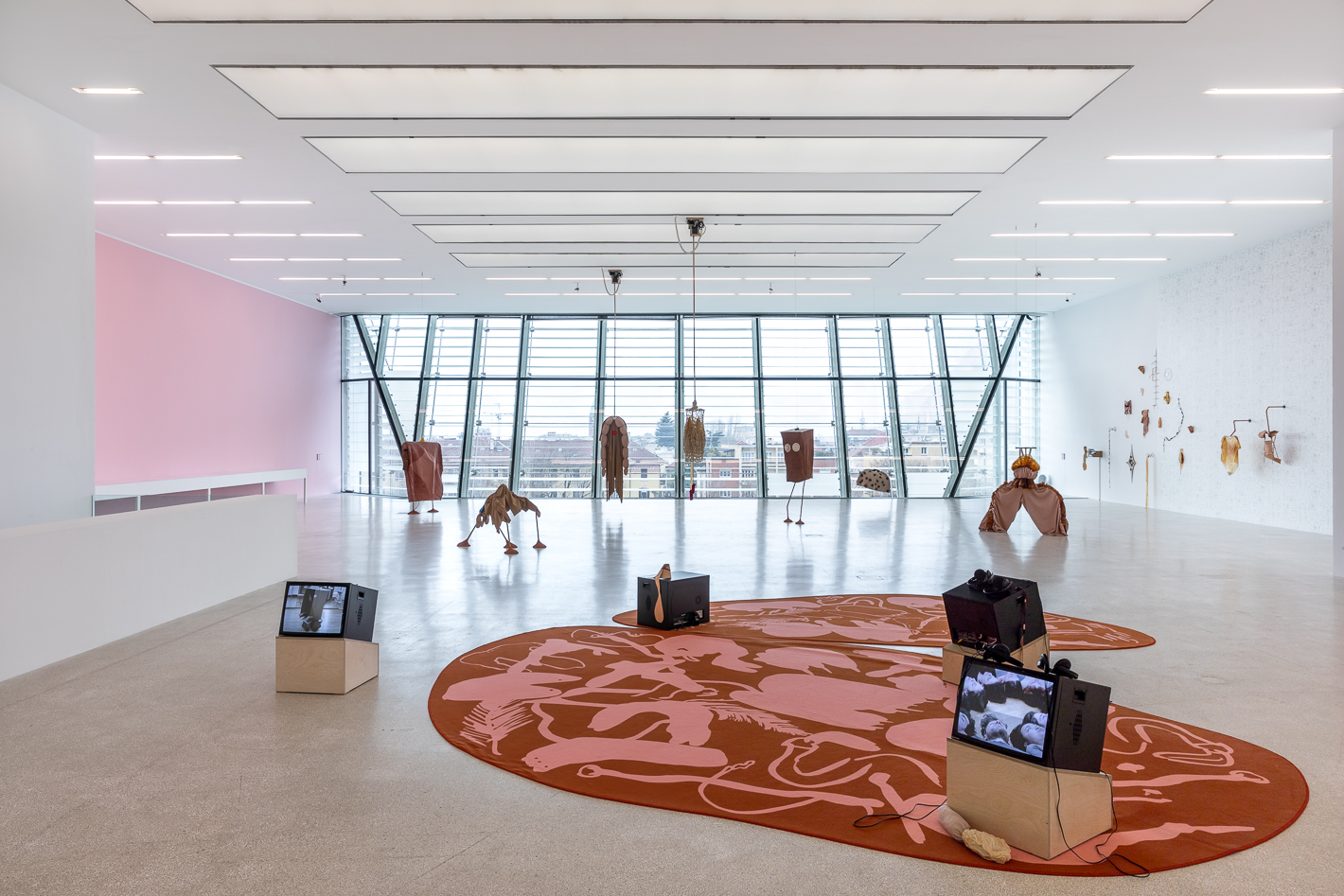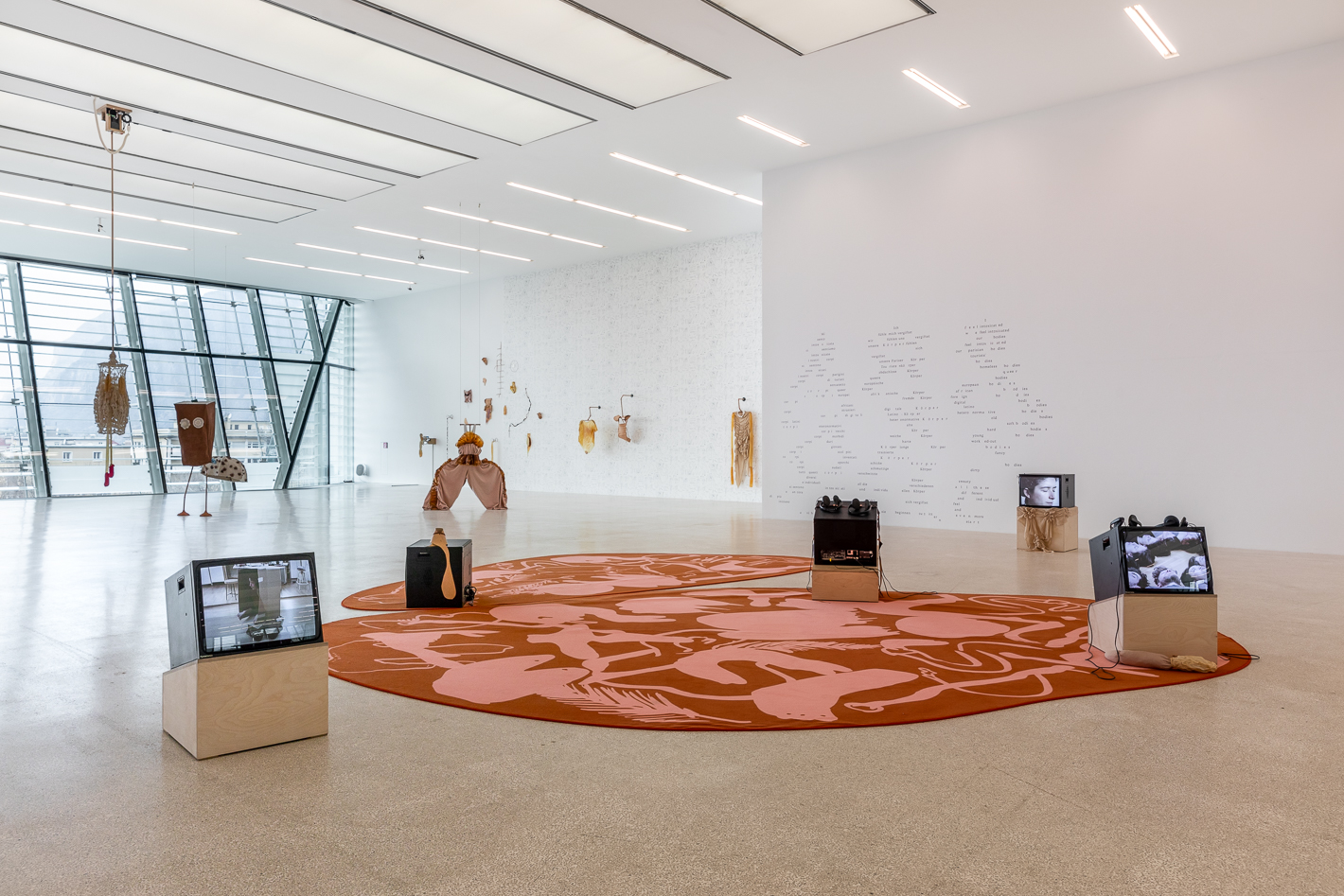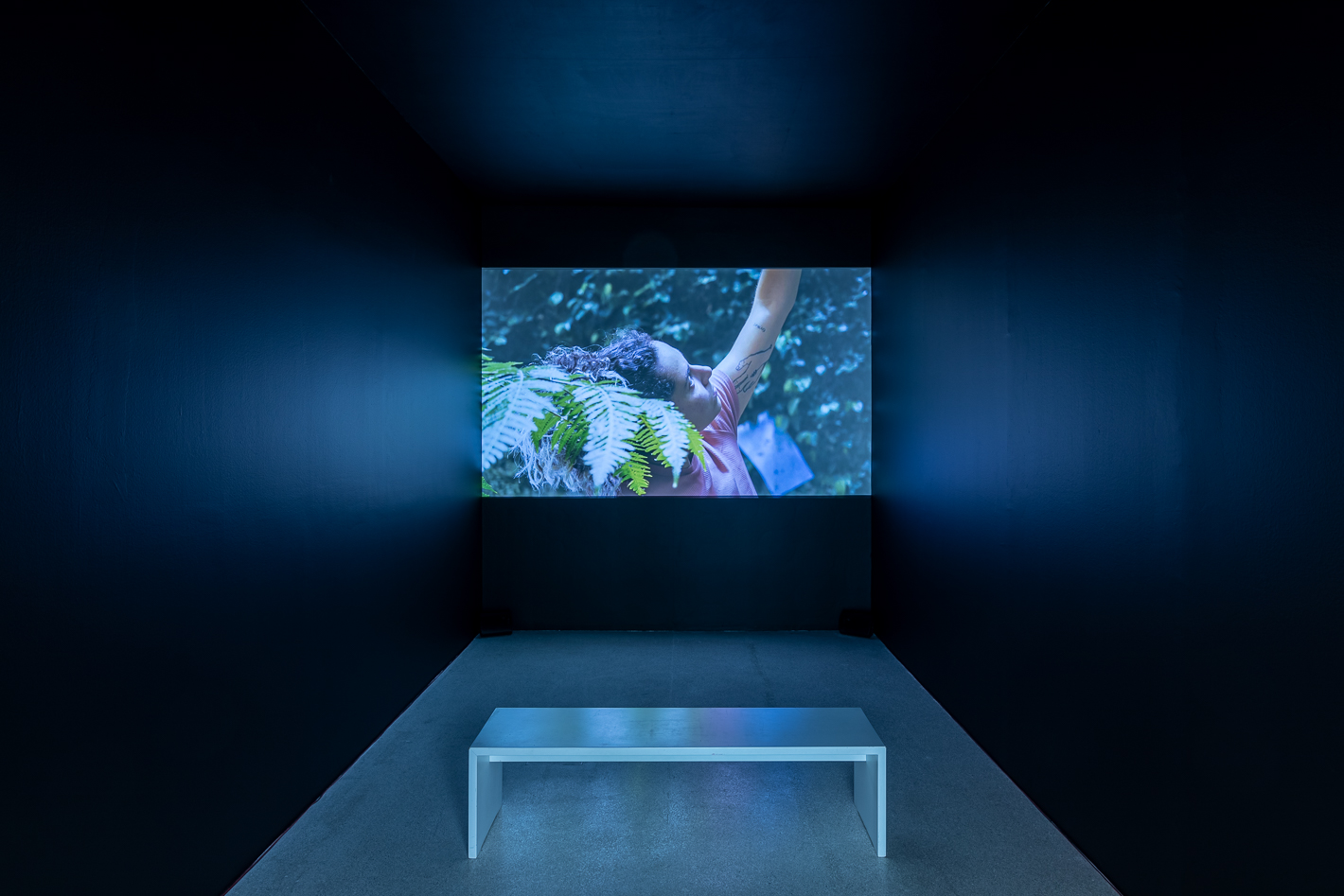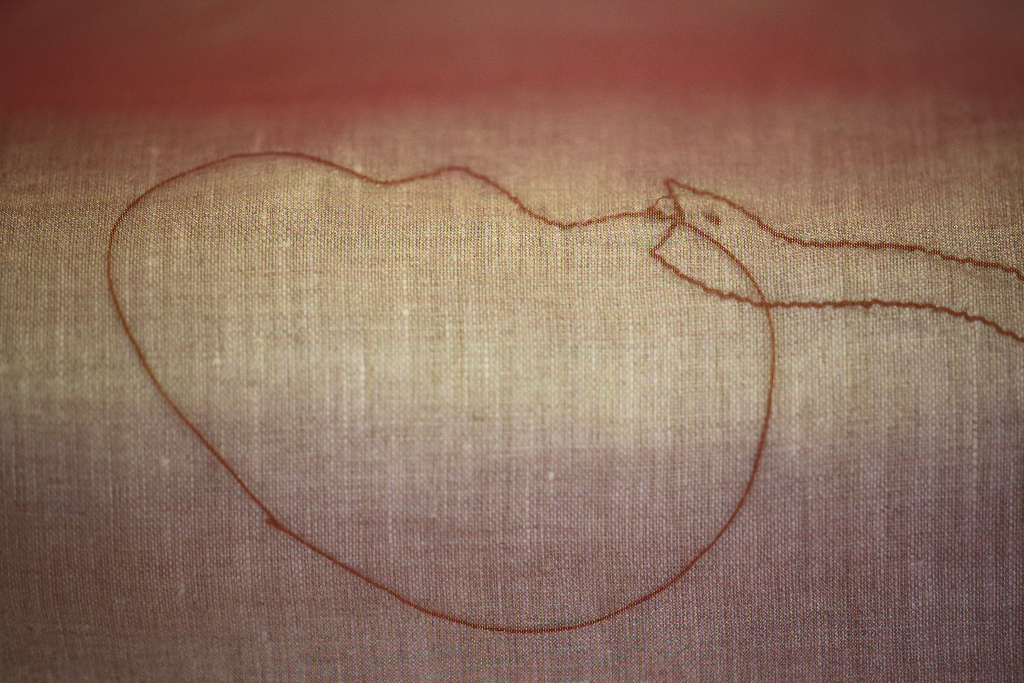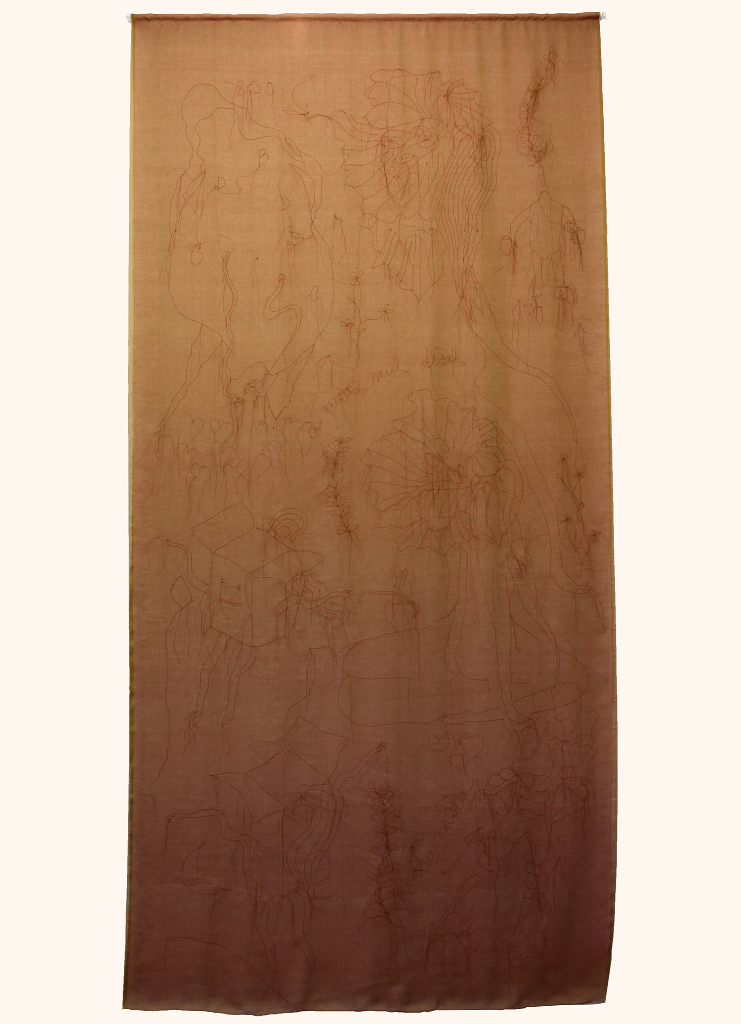Bestiario de Lengüitas [Bestiary of Tonguelets]
2017 – 2021
videos, sound pieces, visual scores, backdrops and carpets, wallpapers, textile costumes and props
In a world that demands order, efficiency and transparency, Azpilicueta’s work walks on a razor edge of chaos and excess. Bestiario de Lengüitas [Bestiary of Tonguelets], in fact, follows a script written by the artist herself for a future performance that may or may not take place.
Drawings, costumes, sculptures, audio and video installations, wallpapers and a chorus of grotesque characters inhabit the exhibition space, which is presented as a stage that is ready to involve all the visitor’s senses. Through a combination of visual and theatrical strategies and a strong dose of humour, the artist invites us to call into question the ways in which we live in this world.
Among other characters, Zapam Zucum a brunette woman in the fullness of her life, with black eyes, black hair and such voluminous breasts that produce the onomatopoeic sound of her name when she moves; twin sisters Yarará-Warrah, half women that one is half a snake and the other one half a fox; a motorized Trobairitz, a medieval female troubadour; and Ramón, the alpine owl, emerge in Azpilicueta’s script; accompanied by several art historical and literary figures, such as the medieval Lady with Unicorn, artist Lea Lublin and poet Nestor Perlongher, who inspired her writings and drawings. A selection of plants with both healing and toxic powers, who traveled across the Atlantic to open contamination channels between the Old World and the New intervene with wit throughout the different acts and scenes. The characters are regularly interrupted by the Choir or Community of corpses – imaginary characters, drifting through the Underworld, which represent excess and loss of meaning. A group of multi-sensory entities – suits, prostheses and domestic objects – that give shape to otherness, also intervene with songs, poems and statements. Fueled with humour and irreverence, Bestiario de Lengüitas investigates alternative ways of living and being in the world, welcoming dissident knowledge, inadequate bodies and multiple languages.
All play a game of hide-and-seek across films, drawings, sculptures, tapestries and soundtracks, which are conceived as scores, rehearsals, décors, encoded knowledge systems or even characters, rather than (as) autonomous artworks. In Bestiario de Lengüitas, roles are constantly shifting, including yours.
Link to CentroCentro booklet (Spanish/English)
Exhibition Itinerary
Bestiario de Lengüitas [Bestiary of Tonguelets] is an evolving multidisciplinary project which began in 2017 in Paris, during a residency at Villa Vassilieff with the Pernod Ricard fellowship. During this residency Azpilicueta started researching the connection between her practice within the visual and performing arts and its theatrical and dramaturgy possibilities. Since the beginning, the project was born in dialogue with French curator Virginie Bobin who has also curated the three exhibitions of Bestiario in the course of the four years.
Bestiario de Lengüitas follows the thread of an ongoing script that Azpilicueta started writing back in 2017 for a theatre play that has yet to take place. Rooted in the fantastic genre, the script is initially inspired by proto-scientific medieval books of botanical plants, imaginary animals and beasts that have populated and inspired the imagination for many centuries. The script touches on early ecofeminists theories, forgotten and obsolete knowledge such as alchemy and natural medicinal herbs, crafted textile and dyeing techniques, “neobarroso” (neo-baroque) poetry, ‘dirty’ or failed translations, fantastic beings, witches, healers and legends from medieval Europe and Pre-Hispanic America.
The project already counts four years of a prosperous life that has been fuelled by workshops, collaborations and rehearsals with artists, researchers, designers, dancers, singers, historians, alchemists and botanologists. These numerous collaborations in different forms and temporalities have created an ecosystem whose sustainable thinking and practice has been later translated into an exhibition itinerary.
In 2018, Bestiario de Lengüitas was developed further in Buenos Aires in conversation with curator Laura Hakel, for the monographic exhibition Cuerpos Pájaros [Body-birds] at the Museo de Arte Moderno de Buenos Aires, the first major exhibition of Azpilicueta’s work (November 14, 2018 – April, 2019). This was an important early stage of the project that facilitated the coming itinerary solo exhibition and co-produced by CentroCentro (Madrid), Museion (Bolzano/Bozen) and CAC Brétigny (Brétigny-sur-Orge).
In 2019, the ever-evolving exhibition started traveling from CentroCentro Madrid (Spain) to Museion Bozen-Bolzano (Italy) in 2020 and CAC Brétigny (France) in 2021. In every stop, Bestiario incorporated bits of its journey. At CentroCentro, a site-specific exhibition brought together traces from the project’s early stages of development as well as new works produced during a research and residency phase in Madrid. Among those works, there is a video work filmed at the Royal Botanical Garden and based on the medicinal plants trade between Spain and the “New World”. In Bolzano, the second stop of the itinerant exhibition, the script grew larger from the previous collaborations. There, an extensive research on the Dolomiti traditions and legends of the endemic medicinal herbs and stories of women healers became part of Bestiario. With the guidance of curator Simone Frangi, Azpilicueta delved deeper in Luciano Parinetto’s work, the Italian philosopher who revisited witchcraft in his celebratory work Alchimia e Utopia.
The third and last (for now) stop of Bestiario de Lenguitas is taking place at CAC Bretigny, curated by Virginie Bobin. There, almost back where it all started, Bestiario reunited with its old friends and collaborators: designer Lucile Sauzet and actress Emmanuelle Lafon to name a few.
Bestiario de Lengüitas main collaborators include: LUCILE SAUZET (costumes) and VANINA SCOLAVINO (graphic design) as well as ANA AUSÍN (furniture), LAURA FERNÁNDEZ ANTOLÍN (production assistance), FEDERICO GARCÍA MONFORT (sound), HÉLÈNE HARDER (video), JULIEN JASSAUD (computer programming and robotics), EMMANUELLE LAFON (performance), QUIELA NUC (video), ANA ROQUERO (research), PAULINE SIMON (performance), JAVIER VILLA (research and performance), TIAGO WORM TIRONE (sound), students from the Master Projets Culturels et Artistiques and Scènes du Monde (Université Paris 8) and from the Máster en Práctica Escénica y Cultura Visual (Universidad de Castilla-La Mancha y Museo Reina Sofía); and participants from different choral schools in Madrid.
Bestiario de Lengüitas [Bestiaire of Tonguelets] is supported by:





